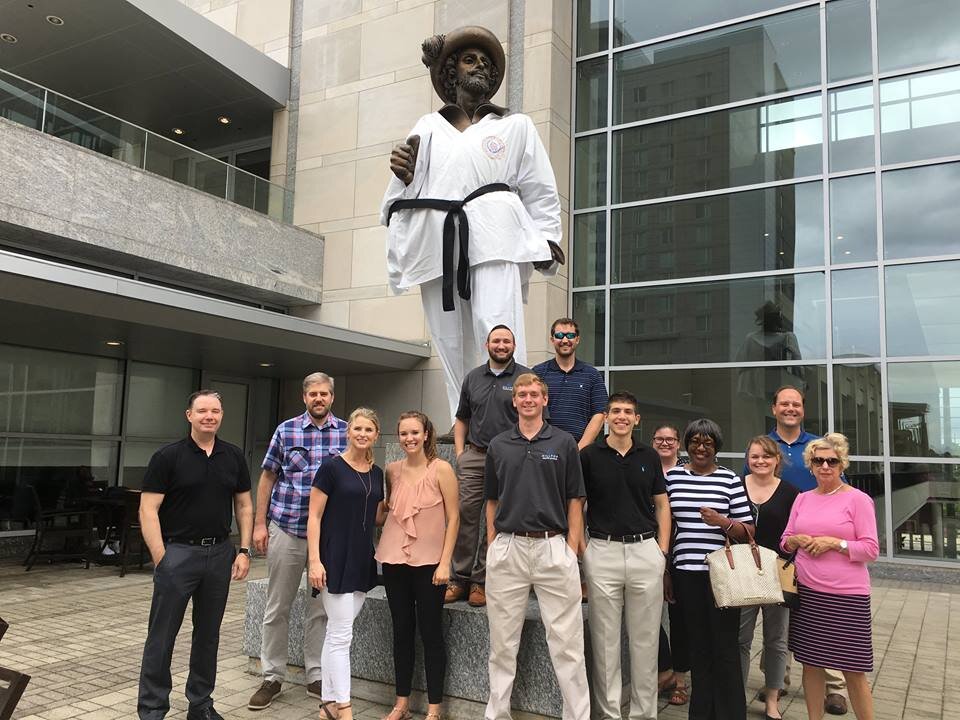Build Your Team with Purpose
Like me, you have been a part of a team at some point. Early on you may have played on a sports team, been assigned a group project at school, or joined a group of community volunteers. As adults we trade our backpacks and Little League uniforms for laptops and dress slacks.
Whether you’re collaborating on an annual report or organizing your favorite charity’s annual fundraiser, the team’s success depends on how well you work together. Good teamwork isn’t happenstance – the team’s chemistry can and should be built intentionally.
The ideal team environment combines a healthy balance of individual strengths along with collaborative relationships. This isn’t always easy to achieve, but the result is efficiency and effectiveness. At Hilltop, this means a smooth day-to-day process for our team members and a positive experience for our clients. Poorly performing teams, on the other hand, can lose productivity so the whole is actually less than the sum of the parts. Worse, the outcome for stakeholders is diminished.
One way to improve collaboration is to explore how the different personalities on your team work together for the good of the whole. There are many different personality tests out there, but a lot of them focus on understanding and fixing your flaws. Last fall I came across Clifton StrengthsFinder, an introspective individual assessment of the things you’re naturally good at.
There is a well developed theory to support this tool: once you know your team’s natural strengths, you can align responsibilities to each individual’s strengths to maximize team synergy. While it may be natural for many of us to focus on our individual weaknesses to improve those areas, this type of improvement is unlikely to materially benefit a balanced team.
At our annual summer planning retreat in June, we used the StrengthsFinder to look for ways to improve how we work together. Each member of the team – from the interns to the most senior Hilltoppers – completed an individual assessment before the retreat. We then combined and plotted the results to see what patterns developed. With the whole team present, we discussed our individual strengths – a lively way to kick off our retreat!
The Hilltop team using our 'strengths' in a team building activity
The StrengthsFinder identifies 34 personality characteristics, or Themes. These are separated into 4 overarching categories. Some of what we learned about our team:
Five or six of us have a concentration of strengths in the Executing category, “knowing how to make things happen”.
We have a similar concentration of strengths in the Relationship Building category, which amounts to a lot of glue holding our team together.
We now know who to lean on for Influencing and Strategic Thinking, the remaining categories.
Chris Vasseur showcases one of the team's spaghetti, tape and marshmallow tower
After discussing our differences, we formed two teams for an exercise (we completed the "Marshmallow Challenge") that helped to highlight the strengths and interaction styles that we uncovered with the assessments. We built marshmallow towers using uncooked spaghetti and duct tape. The “towers” that we came up with were pretty sad; we are not food architects. (We also learned that we may have underrated our competitive natures.) Most importantly, though, we walked away with a better understanding of our individual strengths and how we fit into the Hilltop team.
Next time you find yourself on a team, I encourage you to look for your teammates’ strengths. Start an open dialogue about how your strengths fit together, and you will see better results for everybody.



